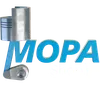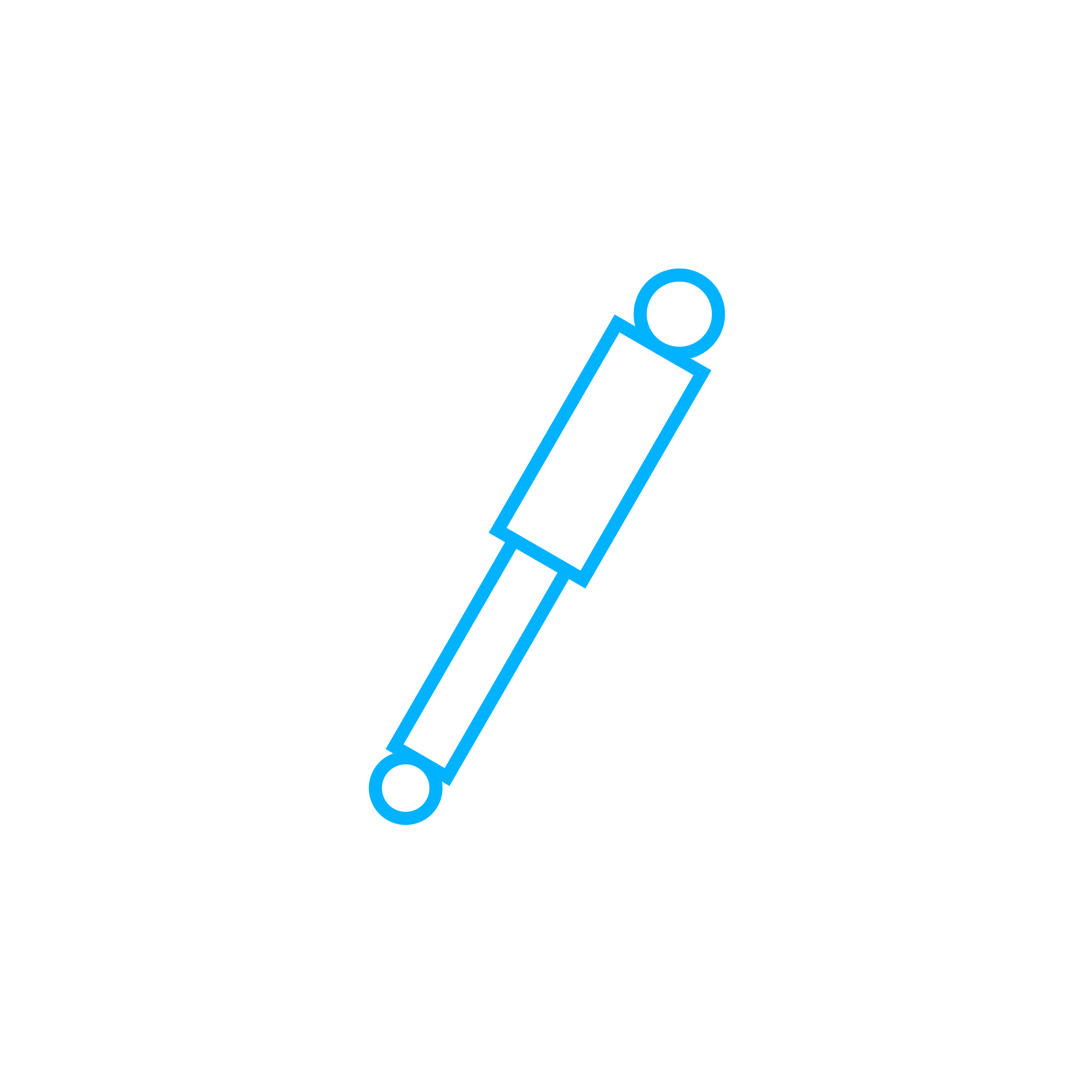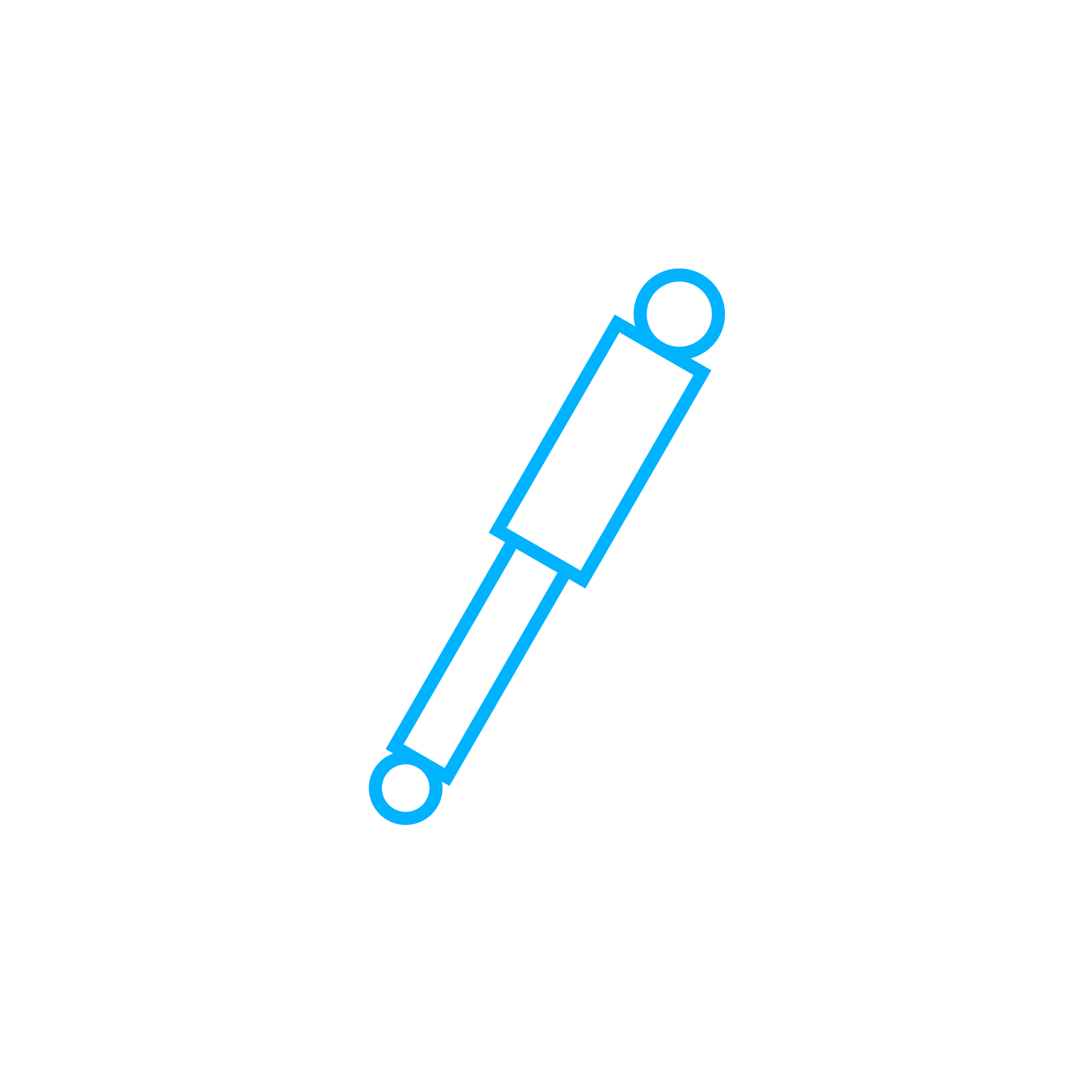RESILIENT BLOCK damping elements for marine and diesel engines
Damping elements are precision-engineered components that decouple engines and auxiliary machinery from their foundations. By controlling vibration, shock, and structure-borne noise, they protect the engine, the drivetrain, and the surrounding structure. In high-output diesel and gas engines—whether installed on vessels, power plants, or industrial equipment—damping elements such as the RESILIENT BLOCK play a decisive role in stability, efficiency, and long-term reliability. They minimize the transmission of dynamic forces, reduce wear on connected parts, and help maintain alignment and performance under varying loads and operating conditions.
Within this category, the RESILIENT BLOCK stands out as a compact, robust solution for elastic mounting. Combining rubber-to-metal bonding with optimized geometry, it is designed to work in compression and shear, providing predictable stiffness and damping characteristics across a defined load range. Properly selected and maintained, these components help engines run smoother, quieter, and safer, while lowering life-cycle costs.
Technical function of Damping elements and RESILIENT BLOCK in engine systems
In a diesel engine or marine engine installation, the RESILIENT BLOCK is positioned between the engine (or a subframe) and the base. Its fundamental task is to reduce the transmissibility of vibration from the engine’s firing pulses and rotating masses into the hull, frame, or skid. By introducing an elastic element with tailored dynamic stiffness, the system’s natural frequency is shifted away from dominant excitation frequencies, significantly reducing resonance risk and structure-borne noise.
When the engine runs, the RESILIENT BLOCK compresses and shears in response to multi-axial loads—vertical mass forces, horizontal reaction forces, and torque-induced moments. The compound’s damping converts part of the vibratory energy into heat, while the geometry controls deflection and limits displacement under peak events such as load steps, crash stops, or wave slamming in a marine environment. In addition, well-engineered damping elements safeguard shaft-line alignment by managing static deflection, and they improve ancillary component life by lowering cyclic stresses on exhaust lines, generators, and piping.
For procurement and maintenance teams, a key benefit is predictability: a properly specified RESILIENT BLOCK in OEM parts quality will deliver a known stiffness curve (kdyn vs. frequency), consistent Shore hardness, proven rubber–metal bond integrity, and resistance to oil, saltwater, and elevated temperatures. This predictability allows engineers to calculate isolation performance, set alignment targets, and maintain compliance with class rules and onboard vibration limits.
· Low transmissibility at operating RPM; improved NVH levels.
· Tailored dynamic stiffness for diesel engine mounting systems.
· Controlled deflection limits; protects shaft alignment and couplings.
· High resistance to oil, fuel, salt spray, and temperature cycling.
· Durable rubber–metal bond; tested for fatigue and shear loads.
· Compact footprint; easy to integrate in marine engine foundations.
· Supports safety by reducing shock loads and preventing fastener loosening.
· Enables stable generator output via reduced vibration-induced disturbances.
How a RESILIENT BLOCK improves performance, efficiency, and safety
Performance gains arise from reduced parasitic losses and smoother running, which can lower wear and help preserve injection and timing stability. Efficiency benefits stem from reduced misalignment and friction in couplings and bearings. Safety is enhanced by minimizing peak loads on mounts and foundations during dynamic events and by preventing fatigue cracks in brackets, skids, and welded joints. In short, the right damping elements transform raw engine power into reliable propulsion or generation with less stress on the installation.
Why Damping elements are crucial for reliable engine operation
Damping elements directly influence engine reliability and service life. Excess vibration accelerates wear on bearings, fasteners, and instrumentation, and it can propagate to gearboxes, alternators, and auxiliary systems. Over time, an unsuitable or degraded RESILIENT BLOCK may lead to misalignment, elevated temperatures in bonds, creeping displacement, and increased noise. Typical failure modes include rubber hardening from heat, softening from oil exposure, bond delamination, compression set, and cracks caused by ozone or UV.
Consequences include increased shaft-line vibration, seal failures, mounting bolt loosening, and even fracture of supporting structures. In marine engine rooms, poor isolation can compromise comfort and class compliance, while in stationary power applications it can shorten generator life and raise maintenance costs. Routine inspection for cracks, permanent set, and corrosion of metal inserts is essential, and replacement should follow the engine maker’s service intervals and load calculations.
Advantages of OEM spare parts suitable for Damping elements
Choosing OEM spare parts suitable for the RESILIENT BLOCK category ensures dimensional accuracy, material consistency, and verified performance data. This is critical for maintaining calculated natural frequencies, isolation targets, and alignment settings. With OEM spare parts, purchasers gain traceability to specifications, controlled Shore hardness ranges, certified rubber formulations, and corrosion-protected metal components—factors that directly affect uptime and total cost of ownership.
· Consistent performance; matched stiffness and damping behavior.
· Reliable fit; correct heights and preload for proper alignment.
· Longer service life; proven rubber compound and bond technology.
· Budget control; fewer unplanned stoppages and lower downstream damage.
· Compliance; supports vibration limits for marine and power applications.
· Reduced risk; validated RESILIENT BLOCK OEM parts for critical mounts.
RESILIENT BLOCK OEM parts for marine engine and diesel engine applications
For both marine engine and diesel engine installations, RESILIENT BLOCK OEM parts deliver repeatable results that engineering teams can model and maintain. Load ratings, dynamic stiffness curves, and environmental resistance are documented, allowing informed selection for single-point mounts, multi-point baseframes, and elastic machinery foundations.
MOPA: fast, high-quality, and secure supply of OEM parts for Damping elements
MOPA is an experienced and reliable partner for OEM spare parts in the Damping elements category. We source and supply RESILIENT BLOCK solutions and related components for diesel and gas engines with a strong focus on speed, quality, and transaction security. Our team supports you from identification and cross-reference through logistics, helping shipowners, power plant operators, and industrial users minimize downtime and maintain stable operations. With MOPA, you benefit from technical insight, rapid turnaround, and confidence in every delivery.
Conclusion: RESILIENT BLOCK damping elements as a strategic choice
Damping elements, especially the RESILIENT BLOCK, are vital to controlling vibration, protecting alignments, and safeguarding the reliability of marine and diesel engines. Selecting OEM spare parts suitable for this category preserves calculated performance, extends service life, and supports budget stability. MOPA provides the speed and quality you need to keep critical machinery running smoothly and safely.


